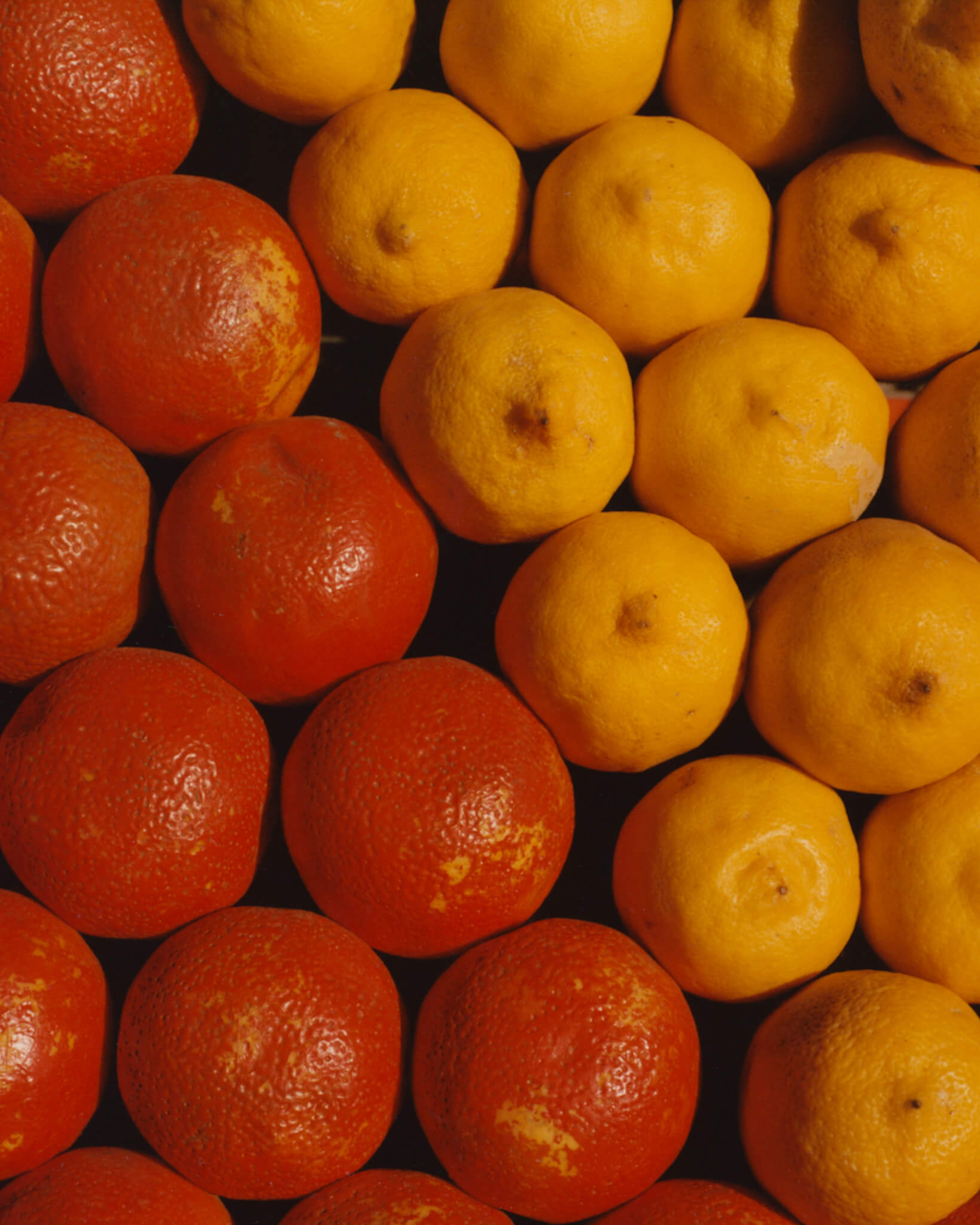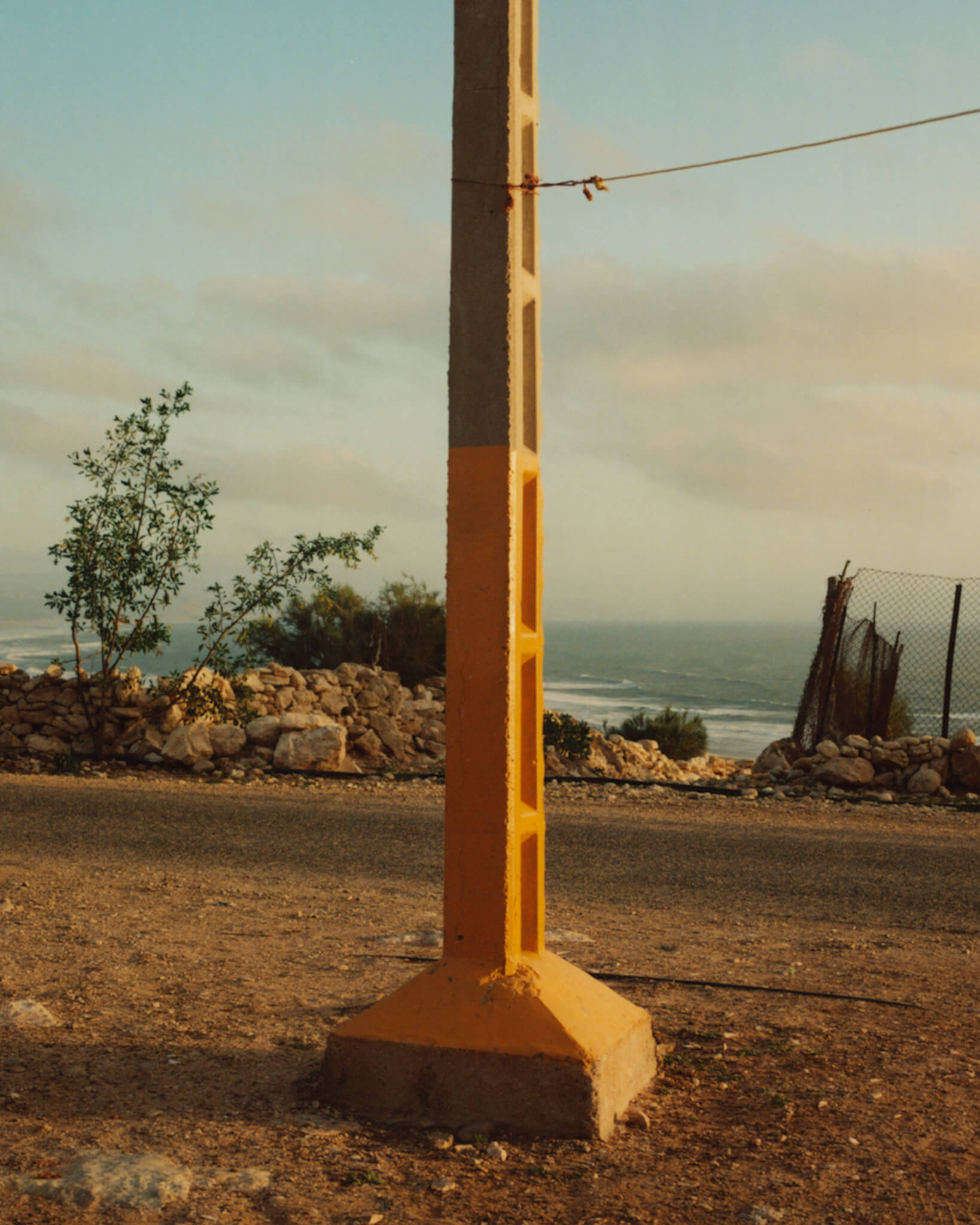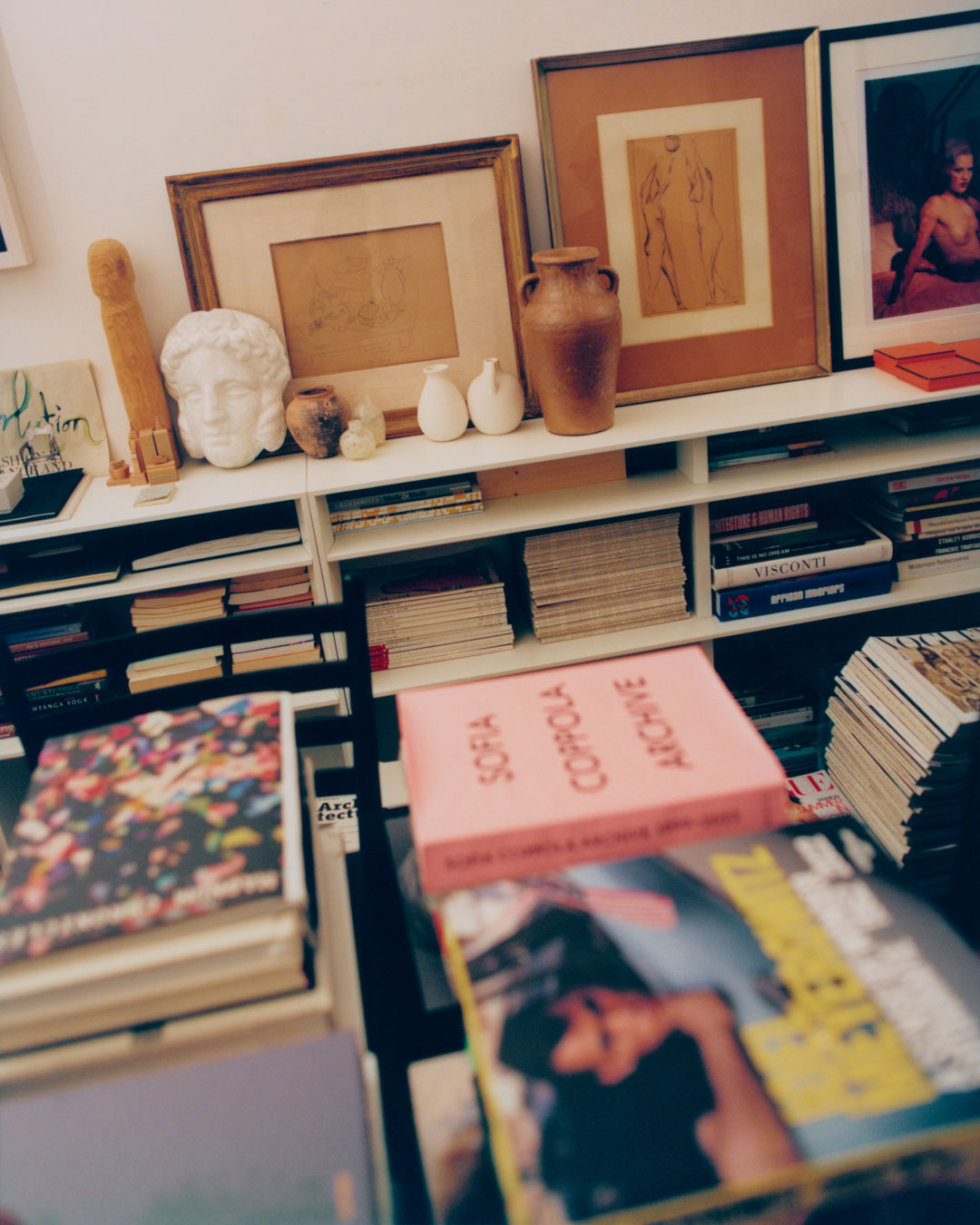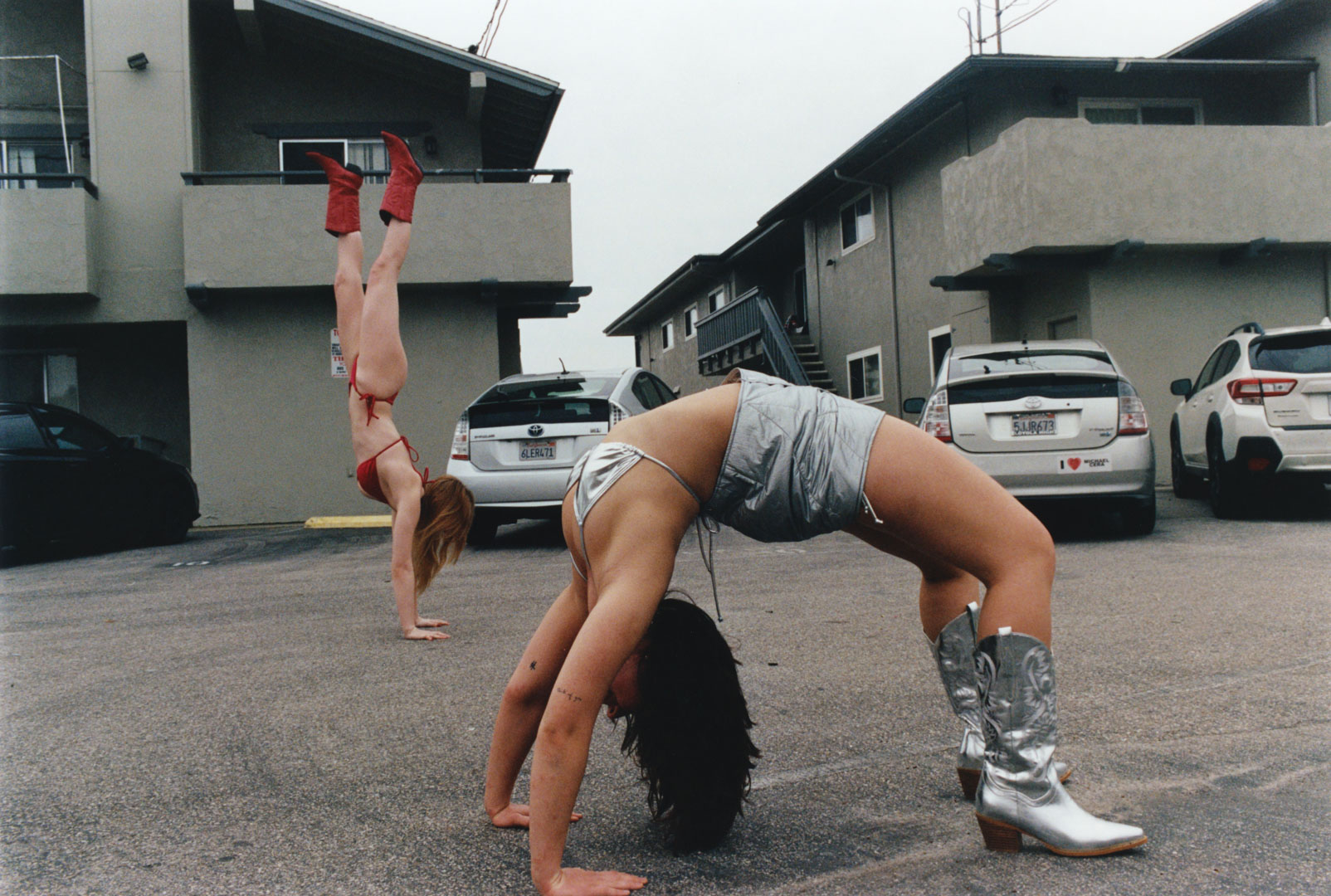POSTCARDS FROM MOROCCO
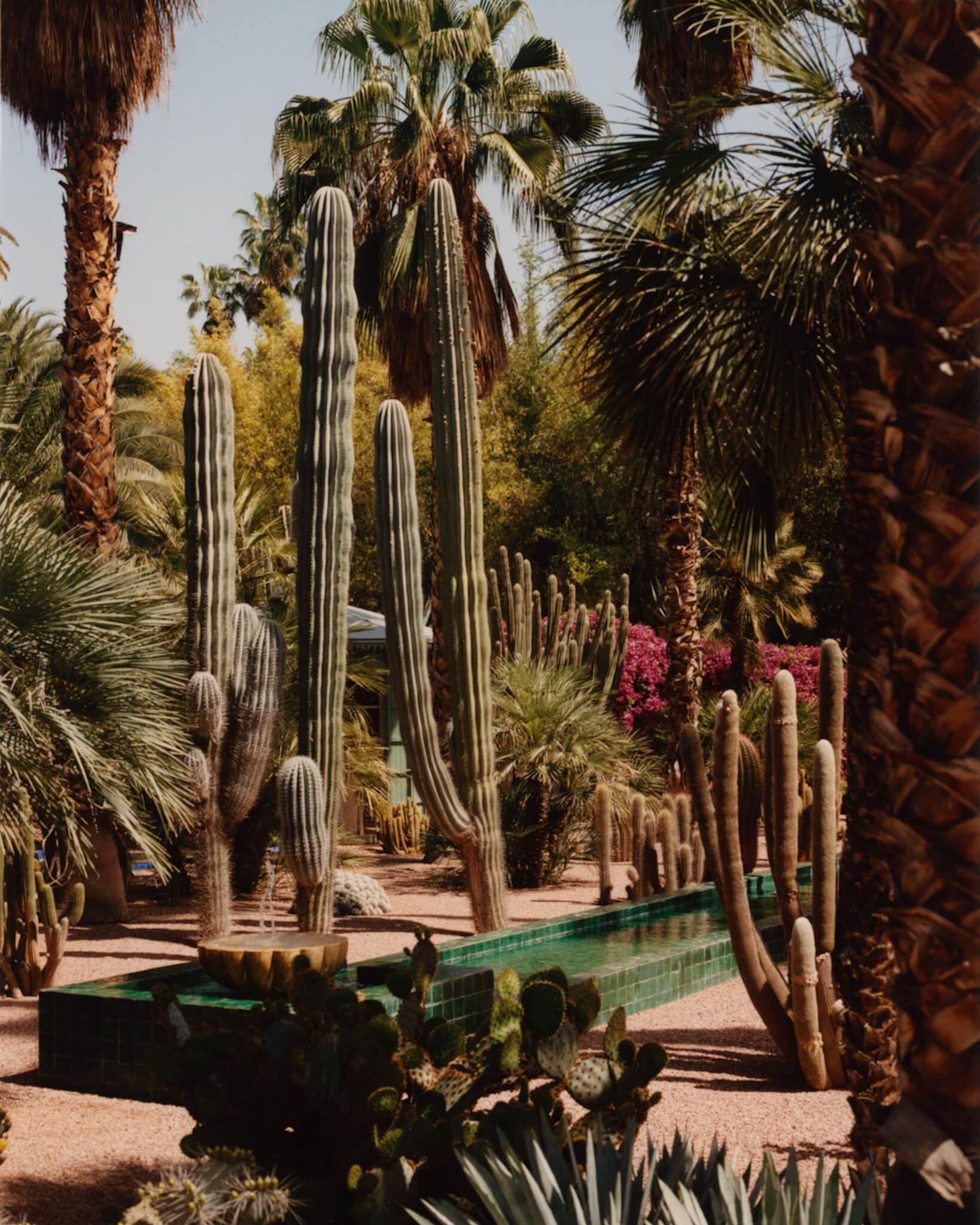
Guillem Lopez Nicolau
Morocco has long been a source of inspiration for writers, artists, and creatives worldwide. Freely following Guillem’s “postcards” concept we embarked on a imaginary time travel through short quotes and anecdotes by these individuals, exploring how Morocco influenced their work and left an indelible mark on their lives.

“The people one meets are like the colors of the bazaars: they are not easy to forget.”
– Edith Wharton
American novelist Edith Wharton traveled to Morocco in 1917, a visit that profoundly influenced her understanding of North African culture. Wharton visited cities like Marrakech and Rabat, writing about her experiences in her travelogue In Morocco, which gives a detailed account of Moroccan customs, architecture, and people. Wharton’s curiosity led her to the Marrakech souks, where she observed the bustling activity, the vibrant colors of textiles, and the intense fragrances of spices. She described her interactions with local artisans, noting the pride they took in their craft. Her accounts are rich with sensory detail, and she frequently observed how the Moroccan way of life embraced beauty and spirituality.
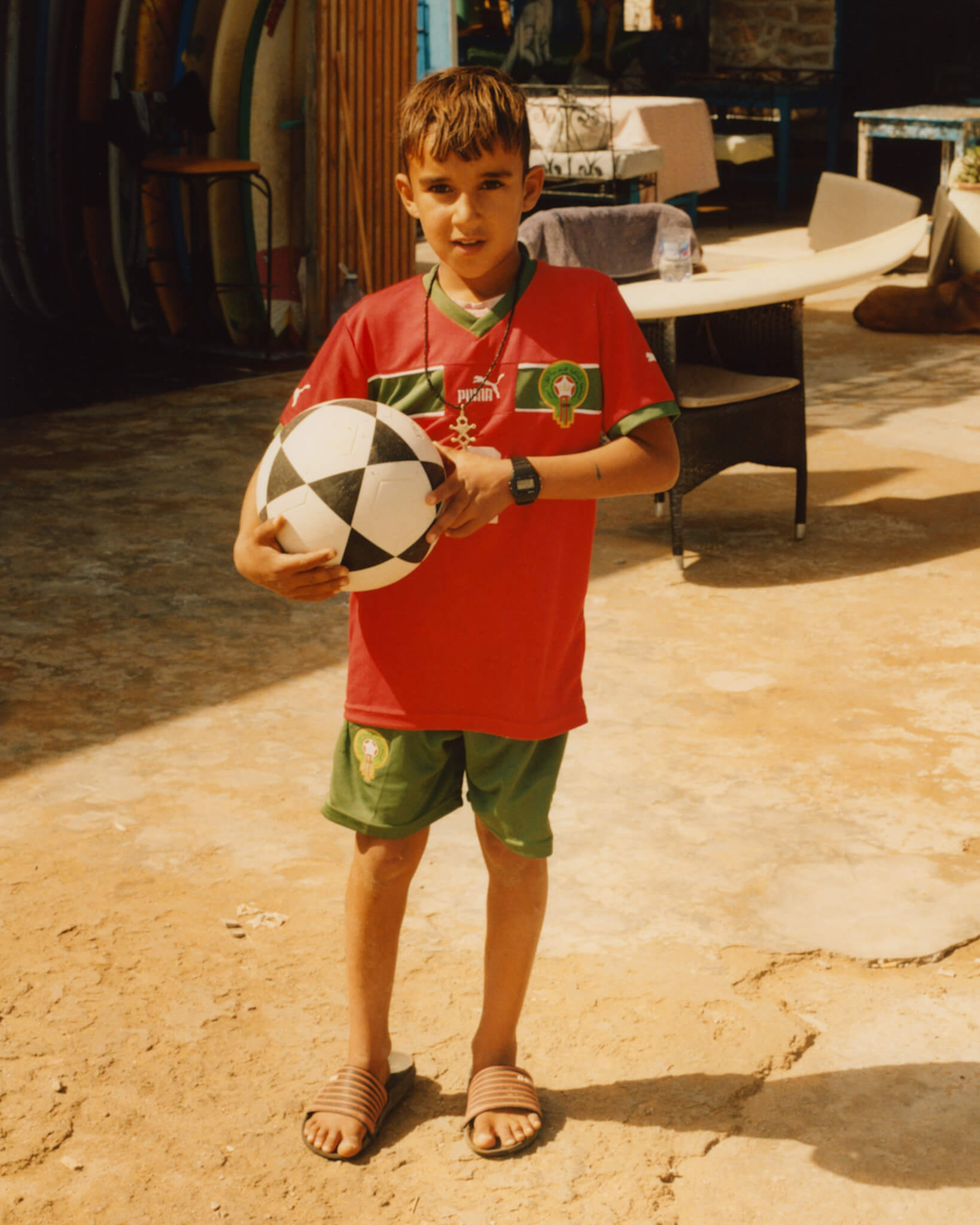

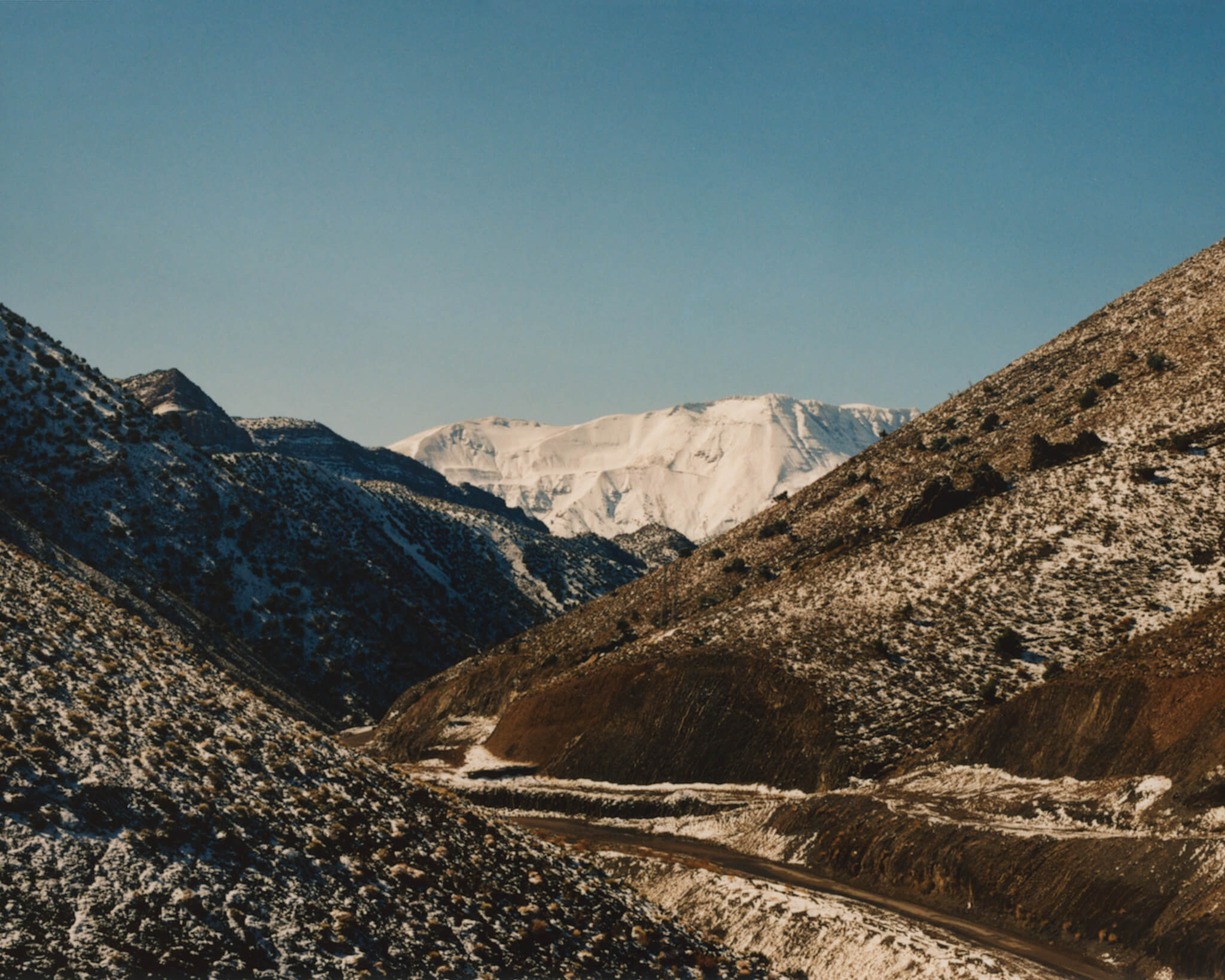

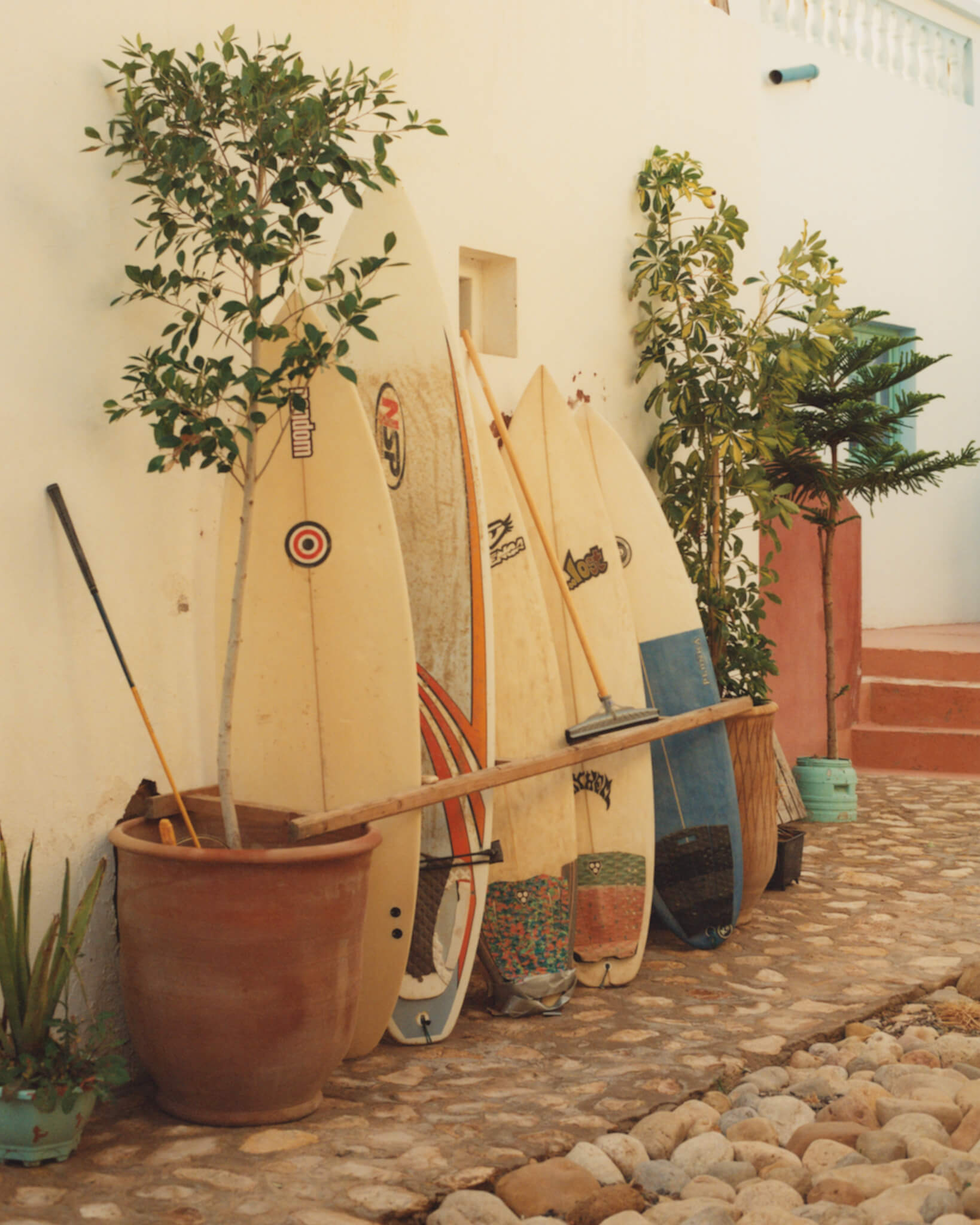
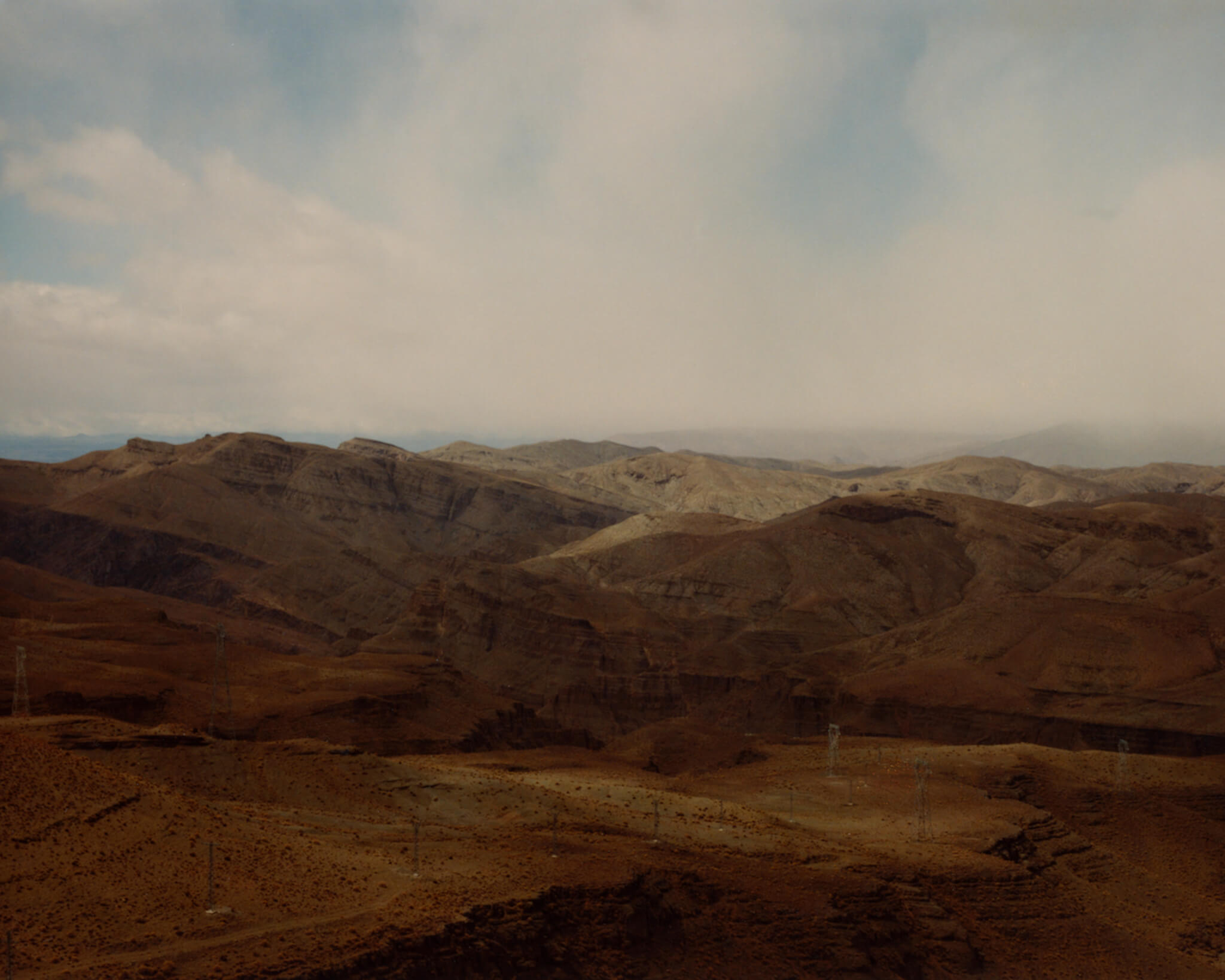
“The soul is the weariest part of the body.”
– Paul Bowles, The Sheltering Sky
Paul Bowles, an American writer and composer, is perhaps the figure most synonymous with Morocco’s literary scene. Bowles moved to Tangier in 1947 and remained until his death, finding inspiration in Morocco’s landscapes and people.
His novel The Sheltering Sky reflects his fascination with the vastness of the Moroccan desert, which he often described as a mirror that reflects one’s deepest fears and desires.In Bowles’s words, the desert could reveal one’s soul, often leading to both revelation and despair. Many scenes from The Sheltering Sky were influenced by his own desert journeys, where he saw Morocco as an untouched place—foreign yet hauntingly familiar. Bowles once described his solitary experience of crossing the Sahara: “The silence was so intense it became a roar in the mind.” This silence, for Bowles, became a space for reflection, a theme that dominates his works set in Morocco.


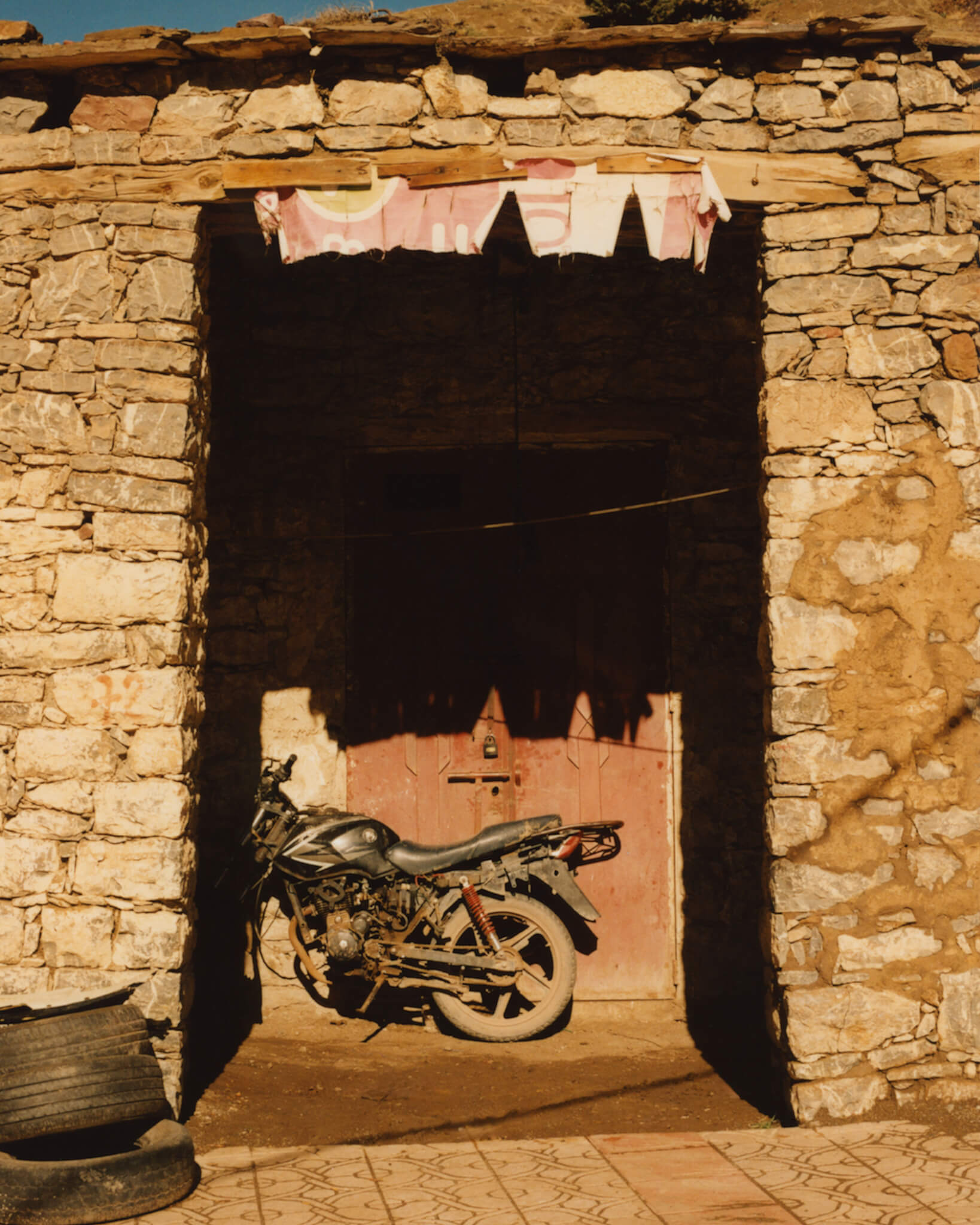
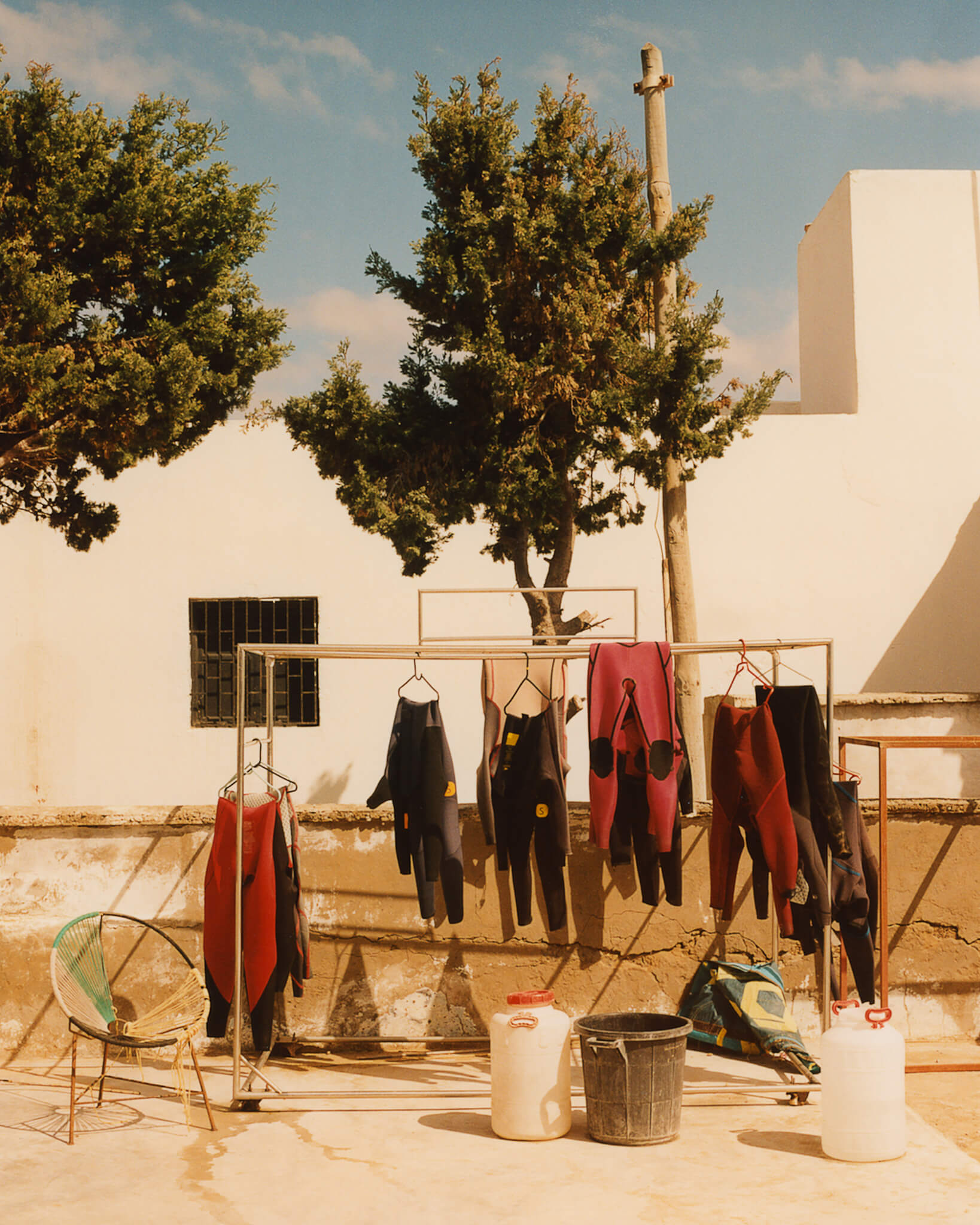
“The world is violent and mercurial—it will have its way with you. We are saved only by love.”
– Tennessee Williams
The American playwright Tennessee Williams, known for works like A Streetcar Named Desire, visited Morocco in the 1960s, seeking a reprieve from the fast-paced life of New York City. He spent a few weeks in Tangier, where he found solace in the slow, meditative rhythm of Moroccan life. Williams found the Moroccan lifestyle to be therapeutic and often spoke of the sense of peace he experienced there. One afternoon, while sitting in a Tangier café, Williams remarked that he felt “more himself” than he had in years. Morocco, he observed, offered him a sense of timelessness that he found profoundly calming. His moments in Morocco allowed him to embrace stillness—a rare experience for someone as deeply immersed in the tumultuous world of theater as he was.
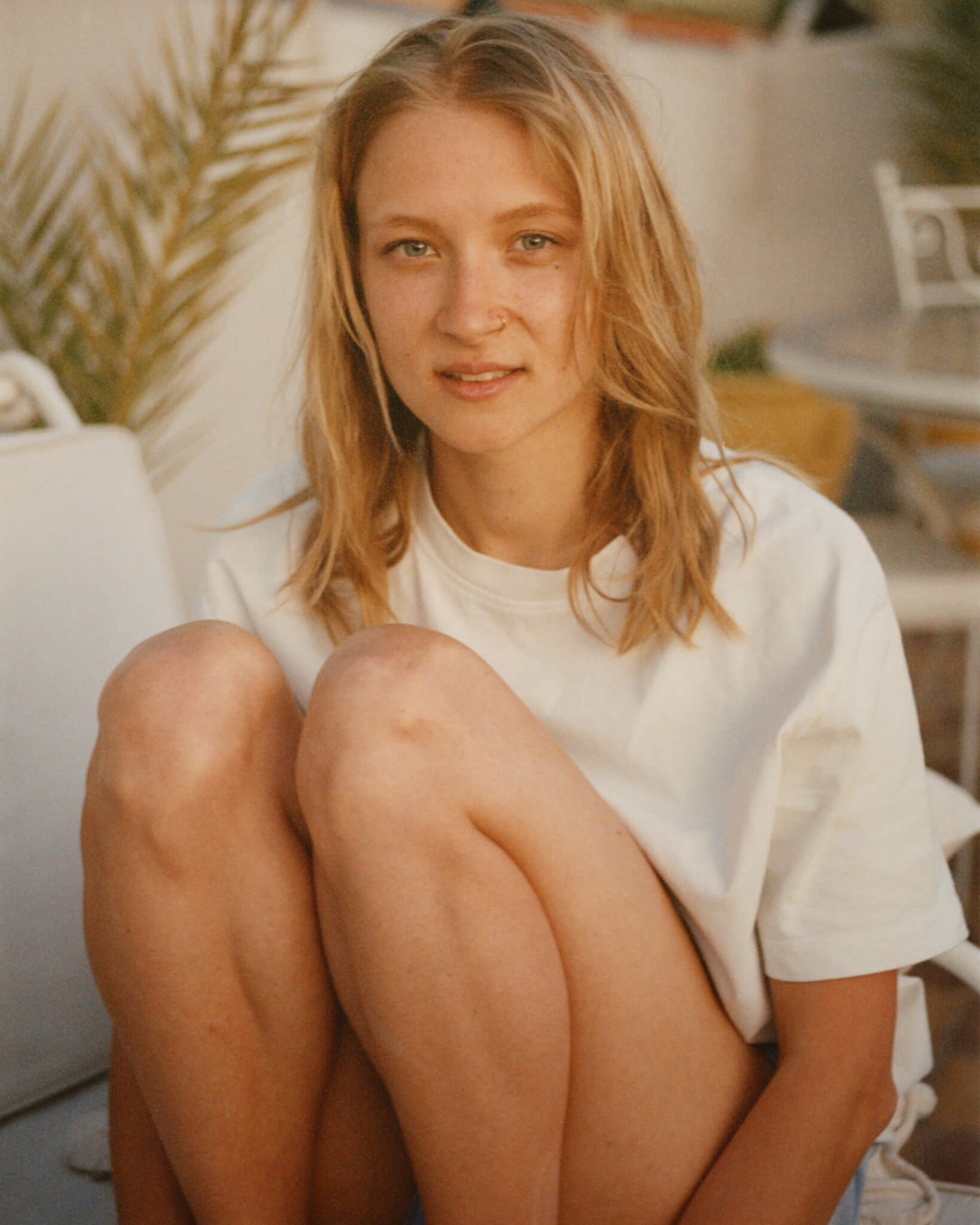
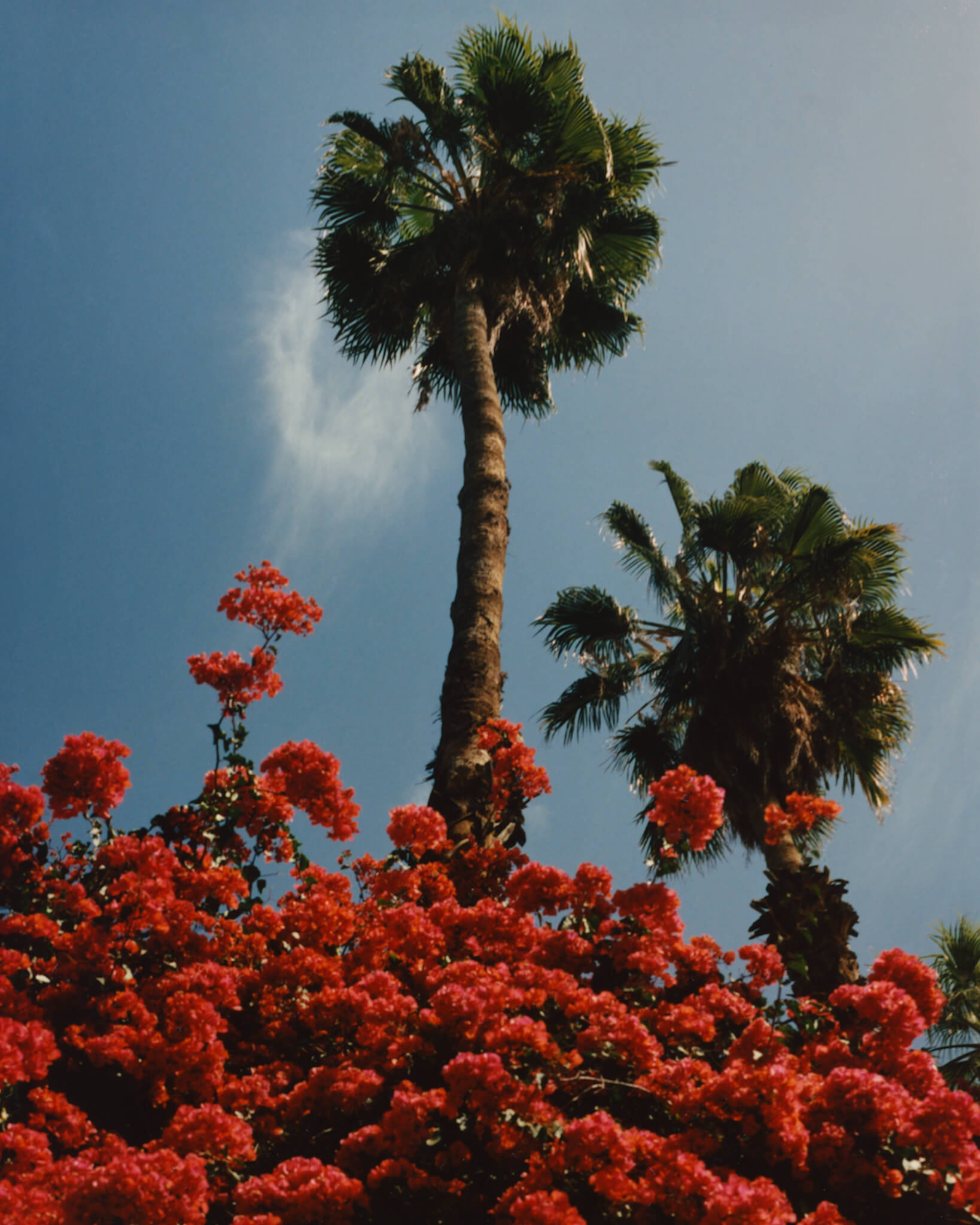
“Marrakech taught me color.”
– Yves Saint Laurent
The renowned fashion designer Yves Saint Laurent found his own haven in Marrakech. Together with his partner Pierre Bergé, Saint Laurent purchased the Jardin Majorelle in 1980, a vivid blue oasis created by French painter Jacques Majorelle. The gardens became a place of inspiration and meditation for Saint Laurent, influencing his fashion designs with bold colors and unique patterns inspired by Moroccan culture. Saint Laurent found the vibrancy of Morocco’s textiles, tiles, and landscapes a source of unending inspiration. “Each time I come back to Morocco,” he wrote, “I discover a new layer of beauty.” The Moroccan color palette—majestic blues, pinks, and yellows—became a foundation in his work, echoed in the floral patterns and bold hues of his collections.
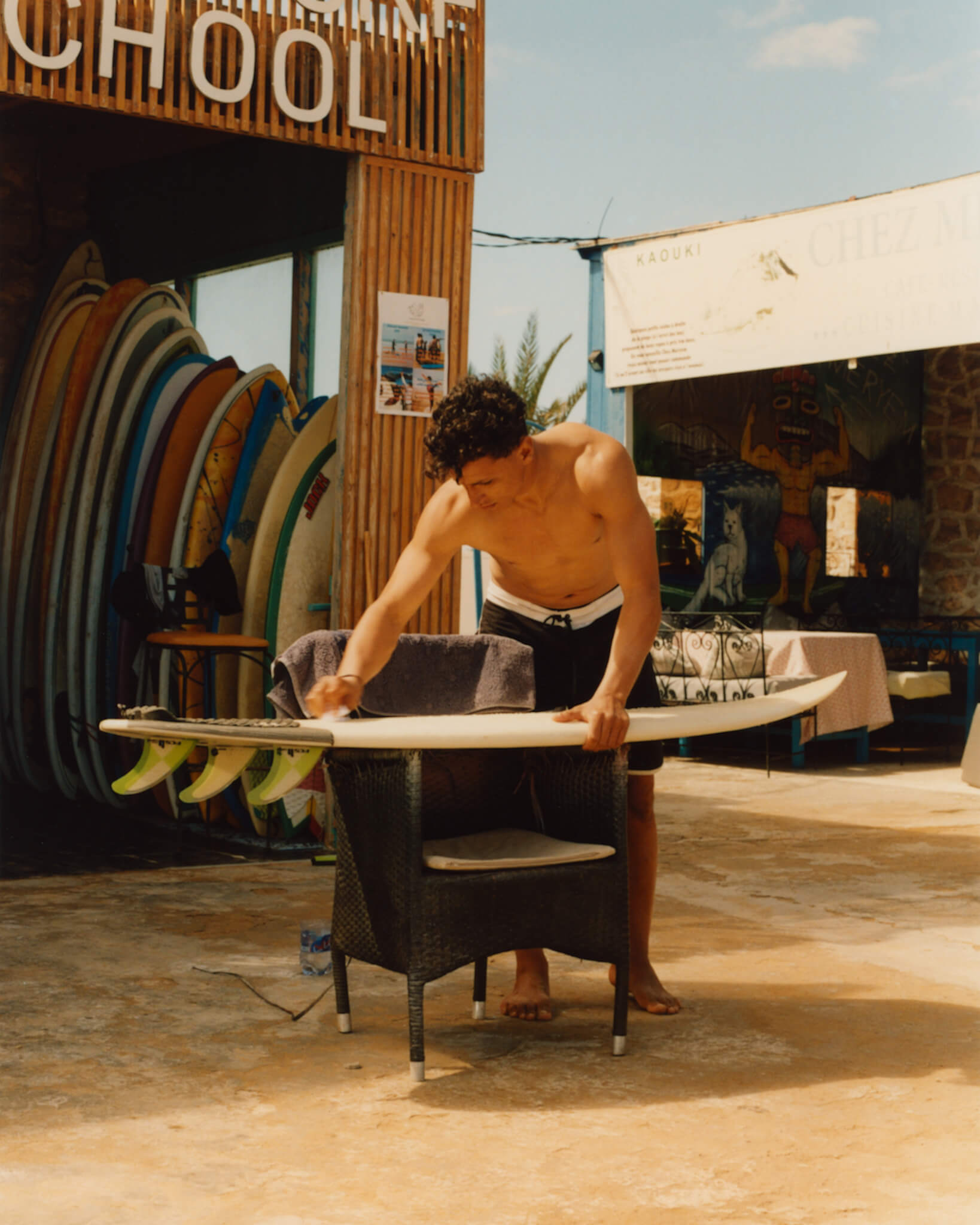
“Tangier has a mystical quality for those who are searching.”
– Jack Kerouac
The American Beat writer Jack Kerouac traveled to Morocco with fellow writer William S. Burroughs in the late 1950s, both in search of inspiration and perhaps a spiritual awakening. Tangier’s eclectic culture and relaxed lifestyle offered Kerouac a temporary escape from the pressures of fame following the publication of On the Road. Kerouac often spent evenings wandering Tangier’s narrow streets, immersing himself in its unique blend of cultures. Tangier’s old city became a sanctuary where Kerouac found solace in the anonymity it offered, writing poetry inspired by the rhythms and people around him.
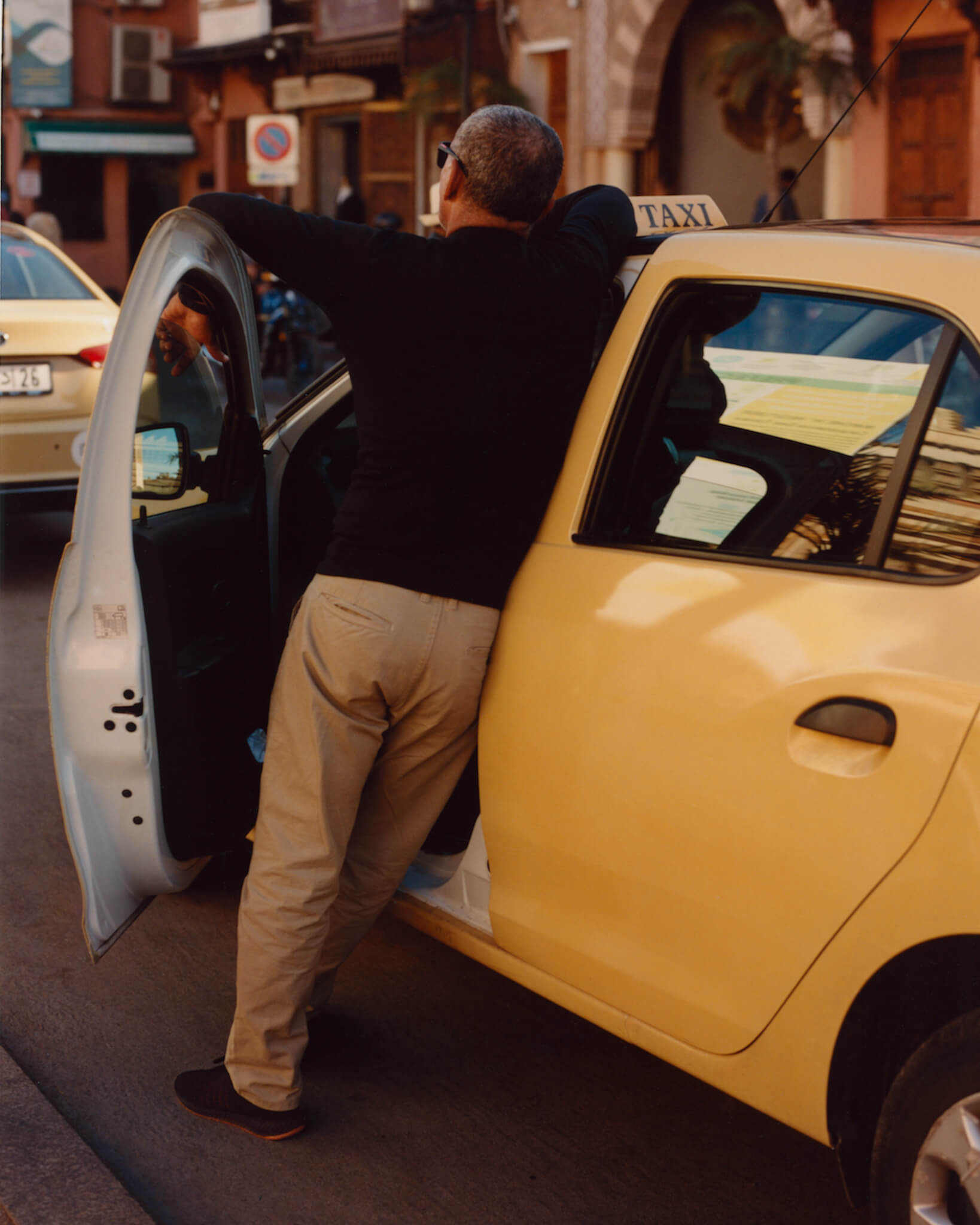
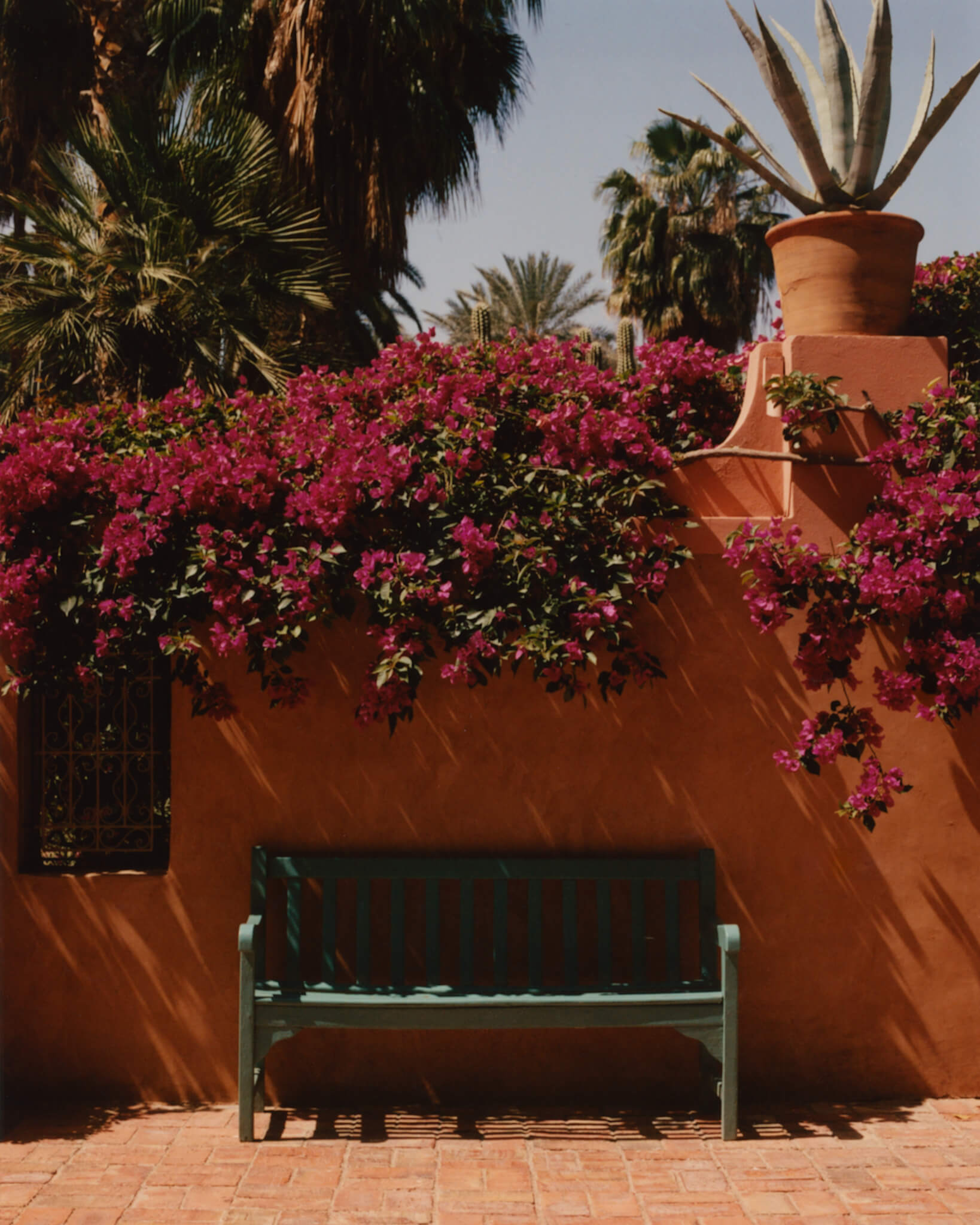
Guillem Lopez Nicolau
Guillem López Nicolau is a Spanish-born photographer based between Berlin and Mallorca who works primarily in analog, with a keen interest in merging luxury garments with the raw edge of streetwear. His unique approach captures the intersection of high fashion and urban culture, revealing the contrasts that exist between them.
Guillem’s photography is a reflection of our most human moments: ruthless, romantic, and deeply emotional. He uses these emotions to capture the unfiltered truth of reality, making each image not just a visual statement, but a shared experience that resonates with the viewer on an instinctual level.

